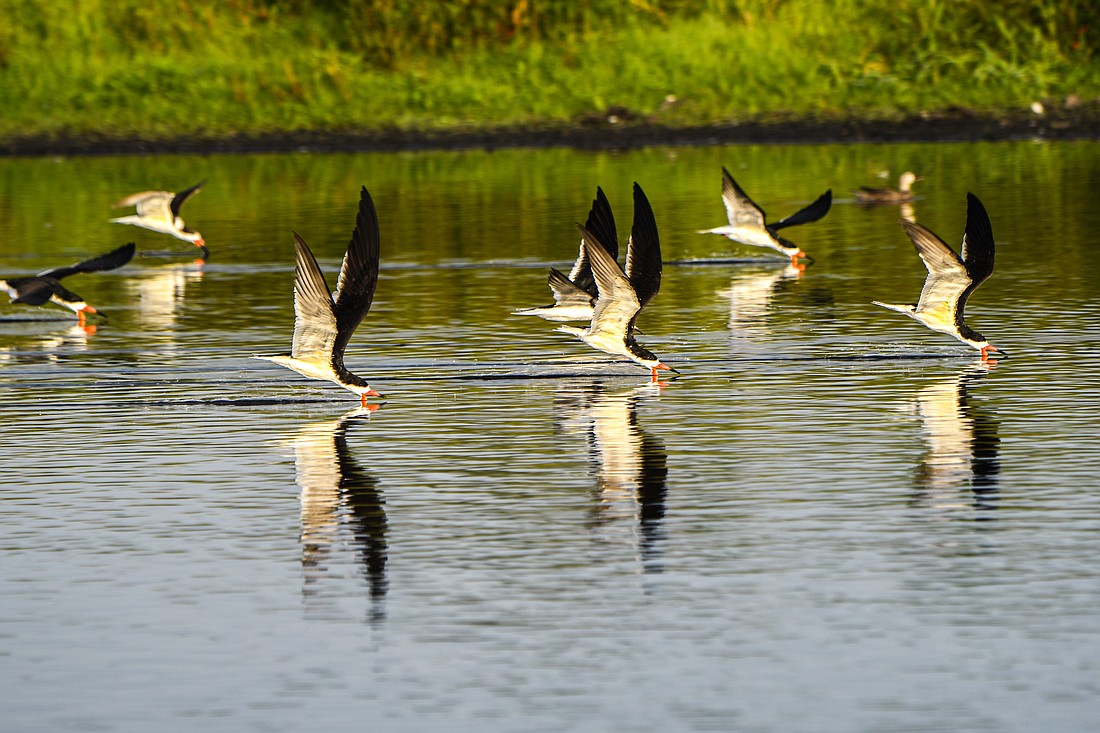- May 6, 2024
-
-
Loading

Loading

Myakka River State Park is known for its dynamic natural communities. Much of their variation is driven by the park's namesake, the Wild and Scenic Myakka River, which winds through the park from north to south, for nearly 12 miles.
Levels of this rain-fed river and its two floodplain lakes (the Upper Myakka Lake and Lower Myakka Lake) are usually highest in the summer — our rainy season — when water overflows into floodplain marshes and wetlands. And in the fall and winter — our dry season — water levels gradually drop.
At the shallow lake and river edges, slowly decreasing water levels leave in their wake concentrations of fish and other aquatic animals, to the great delight of native and migratory birds. And native plants progressively spring back to life, as water recedes, further sustaining wildlife large and small.
Myakka's ecosystems evolved to thrive and depend on this regular ebb and flow, which includes extended periods of low water, or drawdown.
But throughout the years, direct hydrologic alterations of Myakka's watershed were introduced by humans, including raised grades, ditches and multiple dams. These changes, as well as indirect ones, such as the introduction of invasive plants, significantly impacted the quality and quantity of water, to the detriment of Myakka's natural communities.
Efforts to restore the park's natural hydrology have been ongoing for over a decade, first through removal of invasive plants. And in early 2022, the removal of a deteriorating weir and culverts at the Upper Myakka Lake's outflow represented a major step towards restoring the natural flow of the river.
Encouragingly, this dry season, wildlife responded favorably to the resulting improved habitats. For example, additional land exposed during seasonal low water level conditions, thanks to a more natural drawdown, attracted unusually large flocks of shorebirds to the park, including American avocets and imperiled black skimmers, a state threatened species.
Continued efforts to restore the park's natural hydrology, which includes the potential removal of Downs' Dam, near the south end of the park, should result in further improved habitats, to the benefit of both natural and human communities.
Friends of Myakka River exists to support Myakka River State Park and the Wild and Scenic Myakka River. Together, we're protecting and sharing Myakka's Magic, to the benefit of future generations, and our own. Follow us @FriendsofMyakkaRiver